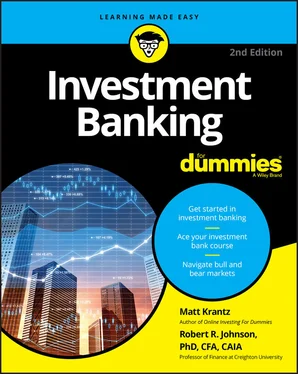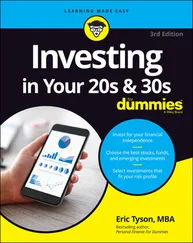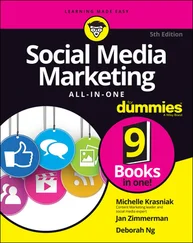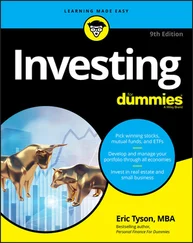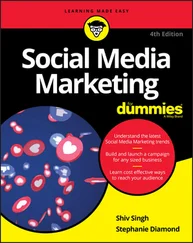1 ...7 8 9 11 12 13 ...21
Putting the For-Sale Sign on Corporate America
Investment bankers are the ultimate corporate matchmakers. They’re like the friends you had when you were single, who were always trying to fix you up. When companies or investors are on the prowl to buy other companies, or put themselves up for sale, they often turn to investment bankers for a hand. We cover the M&A process in more detail in Chapter 3, but for now, know that investment bankers play several important roles in the M&A process, including the following:
Performing due-diligence services: Investment bankers can help the buyers and sellers determine a reasonable price for the company. The value is put on the company by comparing with other companies that trade on stock markets or based on the fundamental profitability of the company.
Matchmaking services: Investment bankers are only as good as their source list. When a company is looking to do a deal, investment bankers start working their personal relationships trying to find companies that may be in play or open to a bid.
Lining up investors: When a company is looking to raise money by selling securities, the deal hinges on being able to actually find buyers for those securities. Investment bankers are often looked to in order to find investors willing to buy the securities.
You discover the wide array of ways investment bankers help put companies on the market in the rest of this section. These deals range from everything including mergers and acquisitions to leveraged buyouts and private business sales.
Typically when two people get married, there are two willing adults. From time to time, though, things may feel a little forced — a shotgun and an angry father may be involved.
The same goes when companies get together and combine. Usually, the terms of a deal are fairly straightforward. Typically, a larger company is looking to bolster a part of its business. The company could hire a team of people to build that company from scratch, pairing up researchers to design the product, finance people to price it right and control costs, marketing people to whet the consumers’ appetite, and operations people to get the product. But all that takes time and money. So instead, companies often buy already existing companies, saving themselves a lot of work.
Why companies buy other companies
Making widgets and selling them for a profit is why most companies exist. Microsoft, for instance, is in the business of making and selling computer software and hardware. So why do so many companies during the course of business wind up buying and selling businesses?
There are many reasons why companies may consider using M&A, including the following:
Getting big fast: Building a business takes time. There are people to hire, distribution to set up, and products to sell. Sometimes the time it takes to get up and running is too long, and the delay gives the rivals with the first-mover advantage an even bigger lead. A great example of a merger done for speed was Microsoft’s 2016 purchase of LinkedIn, a professional social media site. Microsoft bought the company for $29 billion. By buying LinkedIn, Microsoft was instantly a player in the online media business with an already established brand name.
Filling out a product line: Some companies may have been hugely successful in a narrow product line. But to find growth, which investors are always clamoring for, companies may need to fill in some gaps. An old but classic example of using M&A to fill in a product-line hole came in 2001. Leading jelly maker J.M. Smucker bought the Jif peanut butter brand (along with Crisco oil) from Procter & Gamble for $813 million in stock. The deal solved a problem for J.M. Smucker — now the company could sell all the ingredients for a tasty peanut-butter-and-jelly sandwich. Talk about synergy. But at the same time, Procter & Gamble also wanted to reduce its holdings in the food business.
Geographic expansion: Business is going global, and companies need to have a worldwide presence or risk getting beaten by rivals. M&A deals are a quick way to spread into other countries. The biggest proposed M&A deal of 2019 (see Table 2-1) was a great example of a company looking to M&A deals for a product expansion push. Pharmaceuticals firm, Bristol-Myers Squibb, made a nearly $100 billion offer for U.S. biotech company Celgene. Bristol-Myers looks to the deal as a way to get a beachhead in the fast-growing cancer-treatment area.
TABLE 2-1Biggest U.S. Merger Offers of 2019
| Target |
Buyer |
Transaction Value ($ billions) |
Industry |
| Celgene |
Bristol-Myers Squibb |
$59.5 |
Health Care |
| Raytheon |
United Technologies |
$93.2 |
Industrials |
| Allergan |
AbbVie |
$86.0 |
Health Care |
| SunTrust Banks |
BB&T |
$29.3 |
Financials |
| Viacom |
CBS |
$20.4 |
Communication Services |
Source: S&P Global Markets Intelligence
The advantages of building versus buying
Some large companies may decide it’s better to just buy another company to get in the new market quickly. Large companies that buy for this reason are called strategic buyers. Investment banks are often brought in during these typical M&A deals to advise on whether it makes sense or help come up with the money to make it happen.
Sometimes the target — the company being eyed — doesn’t want to be bought. And that’s when deals often turn hostile, where the investors or management of the strategic buyer are hoping to make the deal happen, but the target is resisting. Again, investment banks are often pivotal in hostile M&A deals because the buying of a company that doesn’t want to be bought often requires more brinkmanship and cash.
Pitfalls of ill-conceived mergers
One of the reasons companies engaged in merger activities call in so many investment banks and advisors is that they don’t want to blow it. Mergers are often big bets that cost a great deal of money, either consuming cash or requiring the company to borrow or sell debt. Companies, and their shareholders, don’t want companies to blow it on deals that don’t work out. You can read more about botched M&A deals in Chapter 4.
Leveraged buyouts are another area where investment bankers can really put their skills to use. LBOs are a form of corporate buyout, but the high-octane version. In an LBO, the acquiring company typically buys the company with a large amount of debt. The acquired company then pays off the debt over time using the cash flow generated by the business.
You can find more details about LBOs in Chapter 5. For now, just know that leveraged buyouts are typically done by specialized firms, called financial sponsors. One of the most common forms of financial sponsors are private-equity firms. These investment firms typically have a host of limited partners, or investors, who provide money to the private-equity firm. The private-equity firm uses the cash from the limited partners, plus a heap of debt, to buy companies, fix them up, and then sell them for a tidy profit. Sometimes, the management of a company, including the CEO, may look to use a leverage buyout to buy the company from investors. These management lead deals are called management buyouts.
Some of the biggest private-equity firms include Bain Capital, Blackstone, Carlyle Group, a unit of Goldman Sachs, Kohlberg Kravis Roberts, and TPG Group. These firms often work alongside investment banks to not only raise money by selling debt, but also conduct the transaction. Investment banks typically get involved in leveraged buyouts later, when the private-equity firms want to exit.
Читать дальше
